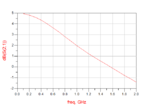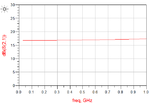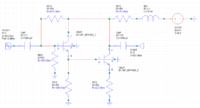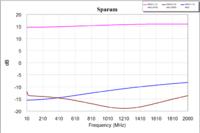sanketachari
Newbie level 4

- Joined
- Feb 22, 2014
- Messages
- 5
- Helped
- 0
- Reputation
- 0
- Reaction score
- 0
- Trophy points
- 1
- Activity points
- 45
Hello,
I am final year student of Electronic & communication engineering. My final year project is on building a superhyterodyne receiver.
I am facing a difficulty in designing LNA in Advanced Design System (ADS). For range 54 MHz - 860 MHz can anybody suggest LNA model which can be simulated in ADS ?
Thanks.
I am final year student of Electronic & communication engineering. My final year project is on building a superhyterodyne receiver.
I am facing a difficulty in designing LNA in Advanced Design System (ADS). For range 54 MHz - 860 MHz can anybody suggest LNA model which can be simulated in ADS ?
Thanks.








